Brothers Cyril and Louis Keller designed and built the first small, lightweight, three-wheel, front-end loader in their machinist-blacksmith shop in Rothsay, Minnesota. A local farmer wanted to mechanize cleaning manure from his obstacle-filled, two-story turkey barn. The machine, first used in 1957, was able to turn completely around within its own length. Melroe Manufacturing Company, Gwinner, ND purchased the rights to the Keller loader and hired the Kellers to continue development of the loader in 1958.
Construction
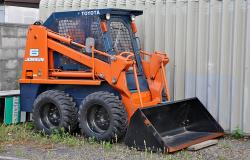
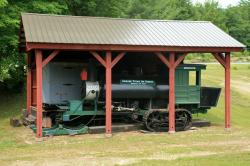
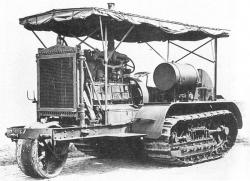
The first practical demonstration of this tractor took place in a peat field on Roberts Island on November 24, 1904, and was patented and in production by December of 1907. The existing machine represents the earliest gasoline-powered track-type tractors that were to help revolutionize agriculture, logging, construction, road building, and transportation around the world. Its design and development is credited to Benjamin Holt (1849-1920), president of the Holt Manufacturing Company of Stockton.
Innovations
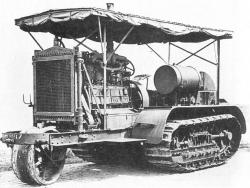
The first practical demonstration of this tractor took place in a peat field on Roberts Island on November 24, 1904, and was patented and in production by December of 1907. The existing machine represents the earliest gasoline-powered track-type tractors that were to help revolutionize…
Read More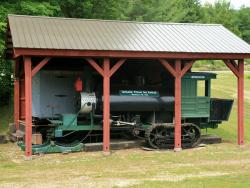

Brothers Cyril and Louis Keller designed and built the first small, lightweight, three-wheel, front-end loader in their machinist-blacksmith shop in Rothsay, Minnesota. A local farmer wanted to mechanize cleaning manure from his obstacle-filled, two-story turkey barn. The machine, first…
Read More

